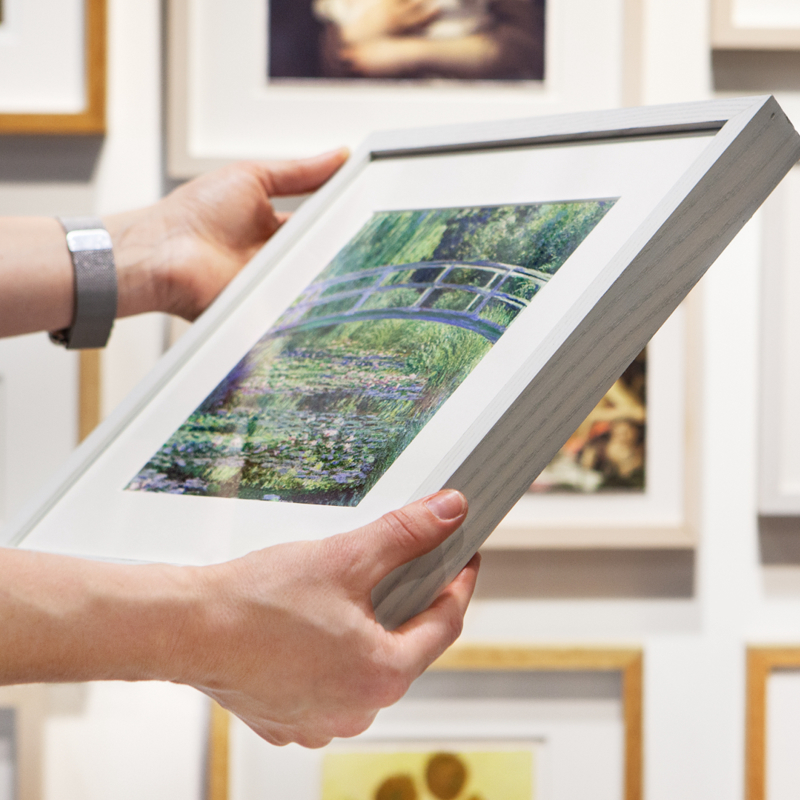Pietro Bellotti, 'An Old Man holding a Pilgrim-Bottle', probably 1650s
About the work
Overview
An elderly man, his face weathered by age and his clothes ragged and patched, leans on a crutch. He looks down towards a globe or sphere, on which a scene of a country inn at dusk is painted. In his right hand he holds an earthenware pilgrim-bottle or flask – such a bottle could be attached to the waist of a traveller or pilgrim by cords (visible here hanging along the left side of the flask’s belly). These types of bottles were produced across Europe and in widespread use during the seventeenth century.
This painting has been in Britain since the early nineteenth century. It was long thought to be Spanish, but it is now considered to be north Italian. It has recently been attributed to Pietro Bellotti (1625–1700), a painter of portraits and character heads who also acted as the superintendent of the Gonzaga family’s art collections and galleries in Mantua. His work was popular with members of the Spanish court in Italy. This painting may have been made by Bellotti for a Spanish patron.
Key facts
Details
- Full title
- An Old Man holding a Pilgrim-Bottle
- Artist
- Pietro Bellotti
- Artist dates
- 1625-1700
- Date made
- Probably 1650s
- Medium and support
- Oil on canvas
- Dimensions
- 112.5 × 91.5 cm
- Acquisition credit
- Bought, 1945
- Inventory number
- NG5595
- Location
- On loan: Pietro Bellotti from Venice to Europe, Gallerie dell'Accademia (Venice), Venice, Italy
- Collection
- Main Collection
- Frame
- 17th-century Italian Frame
Provenance
Additional information
Text extracted from the ‘Provenance’ section of the catalogue entry in Michael Levey, ‘National Gallery Catalogues: The Seventeenth and Eighteenth Century Italian Schools’, London 1986; for further information, see the full catalogue entry.
Exhibition history
-
2025Pietro Bellotti from Venice to EuropeGallerie dell'Accademia (Venice)19 September 2025 - 18 January 2026
Bibliography
-
1955The National Gallery, The National Gallery: 1938-1954, London 1955
-
1986Levey, Michael, National Gallery Catalogues: The Seventeenth and Eighteenth Century Italian Schools, London 1986
-
2001
C. Baker and T. Henry, The National Gallery: Complete Illustrated Catalogue, London 2001
About this record
If you know more about this work or have spotted an error, please contact us. Please note that exhibition histories are listed from 2009 onwards. Bibliographies may not be complete; more comprehensive information is available in the National Gallery Library.

